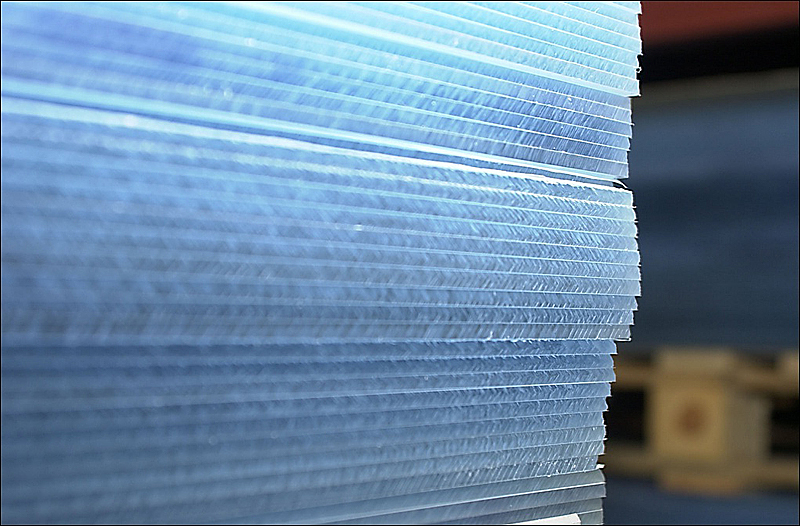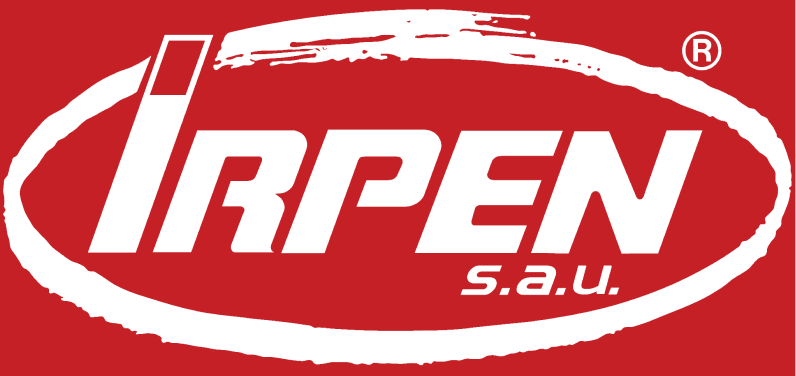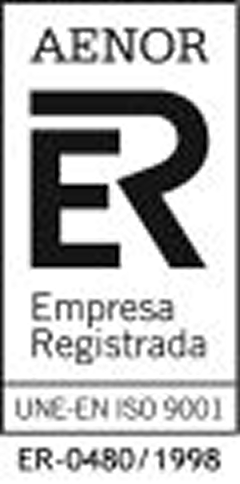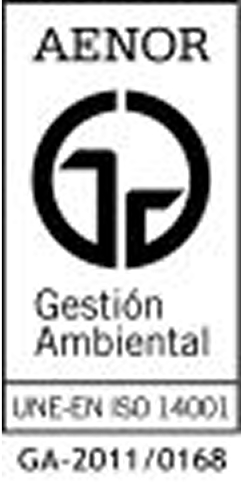
In this month's article and as a complement to the previous one, where we present the differences and similarities between Cast Methacrylate (Policril) and Extrusion Methacrylate (Policril XT), we will discuss the behavior of these materials in terms of mechanization and manipulation. In this article we will give a brief explanation of the works that allow these materials to be carried out, which give results and behave differently due to their manufacturing system. We will start with the most common operations:MECHANIZATION.SAW CUTTING:BAND SAW: It is ideal for sinuous cuts, but not for rectilinear sawing, we must use a saw belt that is as wide as possible: CAST PMMA PLATE: Good performance, a clean cut with a subsequent finish to be ground and polished to leave the edge shiny. PMMA PLATE EXTRUSION: With the movement of the saw, the material is heated, for this reason it is advisable to direct a jet of compressed air over the cut point, in order to eliminate the chips produced and, if possible, to cool the saw blade so that it does not clog and prevent the cutting from progressing. Even taking these precautions, we do not prevent a burr from occurring, which requires subsequent grinding and polishing of the cutting area. CIRCULAR SAW: Very suitable for achieving good cuts in a straight line. Working at inadequate speeds or with poorly sharpened saw blades, they can cause nicks on the serrated edge, this problem is more common in PMMA EXTRUSION.LASER CUTTING:This cut makes it possible to make special shapes with these materials, but depending on the work, the edge does not leave as sharp a cut as with the saw and its subsequent polishing, having to carry out the grinding and polishing work, although, as we have already said, depending on the utility, it leaves the piece already finished:CAST PMMA PLATE: Good behavior, a clean and finished cut.PMMA EXTRUSION PLATE: The fact that it has been cut with a laser can cause it to crack when the material is cleaned. An example is store shelves where, depending on the cleaning product used, this effect occurs.DRILL:Conventional spiral drills can be used, but more optimal results are obtained with wide, polished and expanded helical drills. PMMA CAST PLATE: It produces chips when drilling, it is advisable to avoid overheating, even if the material performs well for this purpose, but cooling the area will reduce the tendency to crack.PMMA EXTRUSION PLATE: As the case of cutting can cause burr at the bottom of the perforation and overheating, this makes the material more prone to cracking at this point.GROUND AND POLISHED:These works on machined areas to achieve a good finish (eliminate notches, nicks, burrs,...) produced during machining, in addition to the aesthetic factor, will eliminate imperfections that often cause cracks. As far as both materials are concerned, both in CASTING and EXTRUSION they behave in the same way in this operation, although transparency and brightness are much higher in CAST.GLUED:Care must be taken to spread the glue only over the intended area. Not all glues are recommended for bonding these materials, the use of products not suitable for this work may cause the material to crack.CLEANING AND MAINTENANCE:The most suitable cleaner is a damp cloth with soapy water, it should never be rubbed with dry suede, since it would induce a greater amount of static current in addition to the risk of damaging the high surface quality with existing dust, which would act as an abrasive. As we have said before, PMMA EXTRUSION PLATE, due to the fact that it has been cut with a laser, can cause it to crack, with the cleaning of the unsuitable material. As for the manufacturing process, the following stand out mainly:HANDLING AND MOLDING Cast Methacrylate (Policril) It is a thermoplastic material that is easy to handle and stable. It is very easy to machine and mold. Applying local heat, to bend it or heating the entire piece. The latter is an industrial process that requires molds and specialized machinery, but they make it possible to execute parts with different shapes. A material that loses its usual stiffness at a certain temperature level and behaves like a ductile and moldable material. This property is what is used in bending operations. When the material is heated to a temperature of approximately 140º-170º, it can be bent or deposited in a mold, achieving the desired shape, but a higher angle must be calculated or held because this material tends to recover its initial planimetry. As for the differences between the two types of methacrylates, they are fundamentally that CAST METHACRYLATE, withstands the temperature better and molds and expands evenly, unlike METHACRYLATE EXTRUSION, which when manufactured with an extruder, it has more accumulated tensions in its internal structure, which mean that thermoforming does not allow very tight angles and that such a sharp finish is not achieved. We hope to have provided more information when choosing one material or another depending on the work to be done.
